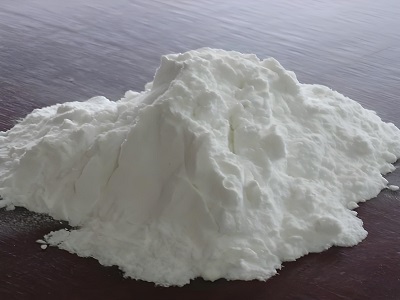

The uses and hazards of nonylphenol
The uses and hazards of nonylphenol
Nonylphenol, as an important chemical raw material, is widely used in many industries. Nonylphenol is mainly used to produce nonionic surfactants and is used in textile printing and dyeing auxiliaries, lubricant additives, pesticide emulsifiers, etc. It can also be used as antioxidants, resin modifiers, resin and rubber stabilizers and other fields.
The phenol structure of nonylphenol itself can promote the curing reaction of epoxy resin and serve as an accelerator for amine curing agents in room temperature reactions. At the same time, nonylphenol also has the functions of compatibilization, foam suppression, and leveling.
Typical role of nonylphenol in epoxy resin curing reaction
1. Epoxy resin curing reaction accelerating compatibilizer:
Nonylphenol accelerates the curing reaction and shortens the curing reaction time; nonylphenol has low viscosity and is generally added in an amount of 7-15% in epoxy resin, which can play a compatibilizing effect.
2. Improve the effect of amine whitening:
One of the issues that customers are concerned about in epoxy applications is: amine whitening. The whitening phenomenon is caused by the reaction of amines with carbon dioxide in the air, resulting in the amine salts floating on the surface of the system.
Nonylphenol can effectively curb the whitening phenomenon because it reacts with amines to form amino phenolates. The formation of amino phenolates prevents the amines from directly reacting with carbon dioxide in the air to form amine carbonate salts, thereby effectively curbing the whitening phenomenon. . Amino phenolate has considerable reactivity with epoxy. Even after the reaction between the epoxy group and the amine group is completed, it can closely connect the nonylphenol with the resin matrix without floating on the surface of the system and causing whitening. Phenomenon.
3. Improve the moisture resistance of the paint film and increase the gloss:
The long alkyl chain of nonylphenol is hydrophobic and can shield moisture. In some cases, it can increase the water resistance of the paint film and shield water vapor penetration.
4. Foam suppression and leveling effects:
Nonylphenol acts as a surfactant and can suppress foam and leveling in epoxy resin systems.
The dangers of seaming agents
Nonylphenol is an important fine chemical raw material and intermediate. It appears as a colorless or light yellow liquid at room temperature with a slight phenol smell. It is insoluble in water and soluble in acetone. It is mainly used to produce surfactants and is also used In the fields of antioxidants, textile printing and dyeing auxiliaries, lubricant additives, pesticide emulsifiers, resin modifiers and other fields.
At first glance, there seems to be no problem, but nonylphenol is known as the "invisible killer" in the home environment, and is also known as the formaldehyde in seams and seams!
The endocrine-disrupting effects of nonylphenol on humans and wildlife have aroused widespread concern. Nonylphenol (NP) is a recognized environmental hormone that can simulate estrogen, affect the sexual development of organisms, interfere with the endocrine of organisms, and be toxic to the reproductive system. At the same time, nonylphenol (NP) can continuously accumulate in organisms through the food chain. Therefore, studies have shown that even if the concentration of emissions is very low, it is extremely harmful.
At present, nonylphenol has been domestically produced, and the raw materials are cheap and easy to obtain. Therefore, technicians in many fields add nonylphenol to the formula as an accelerator, water-repellent agent, toughening agent and ratio regulator. . However, after nonylphenol is added to the formula, it does not fully participate in the curing reaction and only exists in the colloid in the form of a plasticizer. As time goes by and the colloid ages, nonylphenol will continue to be slowly released from it, harming the human body. healthy.
In order to make profits, many unscrupulous businesses have added nonylphenol to seam sealants, which has caused great harm to the health of consumers.

